|
For longtime readers of this blog, many know that we have definitive proof that the cemetery was visited by at least one sitting US president, William Howard Taft. Others could have made unpublicized or after-hours visits, while several ranging from George Washington and Ulysses S. Grant to Franklin D. Roosevelt and Harry S. Truman passed within feet of the front gate traveling the old Georgetown Pike. We at least know of President Taft’s trip here on November 15th, 1911. He was in Frederick to address the Maryland Boards of Trade at the old City Opera House, and his visit culminated by laying a wreath on Francis Scott Key’s gravesite, where the iconic monument had been placed just 13 years earlier. Of course, Key’s name is synonymous with our flag and it was none other than President Taft who signed an executive order in 1912 that officially standardized the American flag with thirteen stripes and 48 stars positioned into six horizontal rows of eights, with each star pointing upward. Of course, the design would later be altered with the additions of Alaska and Hawaii. An article in the Frederick paper the day prior talked at length about the security for the event. Specifically, it mentions a small force of detectives who arrived in town in advance of Taft’s visit, along with a contingent of nine mounted policeman from Baltimore to guard the President along with his additional secret service entourage. When conducting research, I was hoping to find the name of John Groff, a Frederick native who spent his career in law enforcement, and spent the last two and a half years as a member of the guard staff of the White House. One of events that may have elevated him to this great position lies in the fact that he is credited with possibly saving a former sitting president’s life thanks to his actions. John Groff was born on April 19th, 1861, the son of Captain Joseph Groff and wife Susan Christiana Smith. I explained a bit of this family’s illustrious story in an article published May 6th, 2019 and entitled “From Flowers to Fisticuffs.” John’s parents are known in the annals of Frederick history as prominent hoteliers and local heroes of the Civil War. The Groffs ran the Arlington House, located on N. Market Street during the turbulent era of the 1860’s. John’s father was a shrewd businessman who also ran a brickyard and dabbled in real estate acquisition. The Groffs would sell the Arlington House and operate the aptly named Groff House, a prime Frederick hostelry, at the site of the fountain atop N. Market Street where it intersected with 7th Street. A fine parking lot (sarcasm alert) adorns the former site of this grand structure that also served as the first home for WFMD radio station. Another such property that Joseph Groff had a hand in was the site of a former German social club called Scheutzen Park. This would soon come to be known as Groff Park and the former social group’s main club house would become the family’s new personal residence. In the next century, Groff Park would become the new site of the Frederick Woman’s College, renamed Hood College. The central facility of the property was a former drinking hall for the German club. Today this site survives and is associated with Hood College’s music department and holds the name of Brodbeck Hall. A brother, David Groff would go on to become one of Frederick’s most renown florists, and was assisted in business by another brother named Charles.  Old Frederick Jail (W. South St) Old Frederick Jail (W. South St) As for John, he was set on working in law enforcement, and his large frame suited him for the occupation. In the 1870 census, I found a gentleman named F. W. Schleigh, a police officer, who was a neighbor of the Groffs, living two doors down on N. Market Street. Perhaps he could have served as a role model and inspiration to John Groff in his youth. A family legend shared by genealogist Alice L. Luckhardt holds that John Groff was content to be Frederick’s jailer, looking after prisoners incarcerated in the town’s “pokey.” He married Caroline Miller in the early 1890’s and had a child, Charles J., who sadly died as an infant aged seven and a half months. John also split his time as a farmer. His property is said to have laid just outside Frederick City and he specialized in raising horses. This was likely the area in proximity to Groff Park, maybe the location of today’s Selwyn Farms development at W. 7th Street and Fairview Avenue. Groff would become a sheriff’s deputy here in Frederick but was destined to leave at the turn of the century, taking a job with the Washington D.C. police department on May 3rd, 1901. The 1900 census claims that Groff lived in Emmitsburg at the time of his hiring which prompted a relocation. John Groff was given many duties with the force in the nation’s capital. Among his first was that as a crossing guard at 9th street and Pennsylvania Avenue, NW. His residence was a farm on the outskirts of DC. Eventually he would move into a townhouse located at 1228 N Street (NW) and put the farm up for sale arounf 1919. I found some of his work exploits recorded for posterity in the local DC papers. 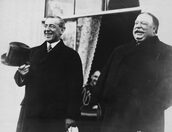 Woodrow Wilson (left) with William Taft Woodrow Wilson (left) with William Taft Nothing out of the ordinary really highlights the life of John Groff until the year 1913, just about two years after President Taft’s visit to Mount Olivet. Taft was no longer in office, having been defeated by Woodrow Wilson in the presidential election of 1912. The new commander-in-chief took the oath of office on March 4th and one of his most pressing issues was monitoring events in Europe as we would slowly be drawn into the First World War. Apparently, President Wilson liked to relieve stress by taking evening walks in the vicinity of the presidential mansion. The following passage comes from Alice Luckhardt’s family history entitled Legends Family Stories and Myths: How to Discover Fact from Fiction: 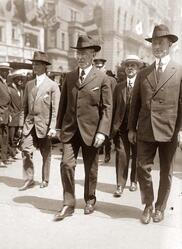 “It was a late summer evening on September 6, 1913, when the President headed out of the White House accompanied by Dr. Cary T. Grayson, the White House physician. The two gentlemen walked several blocks unnoticed. As they walked up F Street they started in a diagonal fashion across Fifteenth Street towards G Street. A streetcar (trolley) was driving at a safe speed on Fifteenth Street at the same moment. The driver did not see the two pedestrians and the two walkers did not see the streetcar which was coming up behind them. In a flash, DC police officer, John Groff, was on the scene to render assistance. He instantly stepped between the pedestrians and the vehicle and waived at the driver to immediately stop his vehicle. The driver reacted to the officer’s frantic motion and barely managed to halt the streetcar in time, just a few feet away from striking the President. If it had not been for the quick actions of Officer Groff, the new President could have been seriously injured or killed.” The incident had been eye-witnessed by several onlookers and stories appeared in both the Washington and Frederick papers. Although it’s not known whether Officer Groff was awarded anything at the time, the incident could have been fondly remembered at the time of his interview or selection for a post at the White House seven years later—or simply good karma paying him back. Another talent that probably played in Groff’s favor was his background in farming, and especially in dealing with livestock. This would prove valuable since the president had kept a flock of sheep at the presidential mansion. The sheep were brought here in the spring of 1918, at the height of our involvement in World War I, and grazed on the White House Lawn. After America entered World War I, the sheep helped to save manpower by keeping the grass trimmed. It’s not exactly known who came up with the idea, but Dr. Cary Grayson contacted his horse racing friend Wiliam Woodward about getting some sheep for the president. Woodward sent along a small flock from his farm in Maryland by wagon. Woodward understood that the idyllic appearance of sheep grazing on the lawn was part of the appeal of the project. Eventually, however, the flock was sheared, and two pounds of wool was given to each state. With governors acting as auctioneers, the wool was sold to the highest bidders and the proceeds donated to the Red Cross War Fund. In 1920, John and Mamie Groff can be found living at 1200 Fairmont Street in the northwest part of the district. Sadly, John Groff’s employ at the White House was short-lived. Earlier that year, President Wilson had left office after two terms. Warren G. Harding was Groff’s big boss now. In the early afternoon hours of December 14th, 1921, Officer Groff was in the location of the White House basement. Here he suffered what would be diagnosed as a heart attack. He would die within twenty minutes, surprisingly before the arrival of a physician. Groff, described by family members as a robust man, had known health and heart issues. He would die in his 60th year. John Groff’s body was brought back to his hometown by train on the 15th, and a viewing was held at the Groff House at N. Market and W. 7th streets. On the 16th of December, John Groff was buried in the Groff family plot in Mount Olivet’s Area L/Lot 247. People walk by his gravestone each and everyday, as I, myself, have several times in the past, having no idea that American history could have been altered had John Groff not done his part to keep Woodrow Wilson out of harm’s way on that September evening in 1913.
2 Comments
shane
1/4/2020 10:02:53 pm
another great story thanks
Reply
Alice L. Luckhardt
10/31/2021 04:30:00 pm
You did a great job covering about police officer John Groff. The Groff family has always been facinating to me to research and of course many of the stories I heard first-hand from my mother. Josie (Josephine) Groff Everhart was my great grandmother and one of John's sisters. Many thanks for doing the story.
Reply
Leave a Reply. |
STORIES
|
Archives
July 2024
June 2024
May 2024
April 2024
March 2024
February 2024
January 2024
December 2023
November 2023
September 2023
August 2023
July 2023
June 2023
May 2023
April 2023
March 2023
February 2023
January 2023
December 2022
November 2022
October 2022
September 2022
August 2022
July 2022
June 2022
May 2022
April 2022
March 2022
February 2022
January 2022
December 2021
November 2021
October 2021
September 2021
August 2021
July 2021
June 2021
May 2021
April 2021
March 2021
February 2021
January 2021
December 2020
November 2020
October 2020
September 2020
August 2020
July 2020
June 2020
May 2020
April 2020
March 2020
February 2020
January 2020
December 2019
November 2019
October 2019
September 2019
August 2019
July 2019
June 2019
May 2019
April 2019
March 2019
February 2019
January 2019
December 2018
November 2018
October 2018
September 2018
August 2018
July 2018
June 2018
May 2018
April 2018
March 2018
February 2018
January 2018
December 2017
November 2017
October 2017
September 2017
August 2017
July 2017
June 2017
May 2017
April 2017
March 2017
February 2017
January 2017
December 2016
November 2016

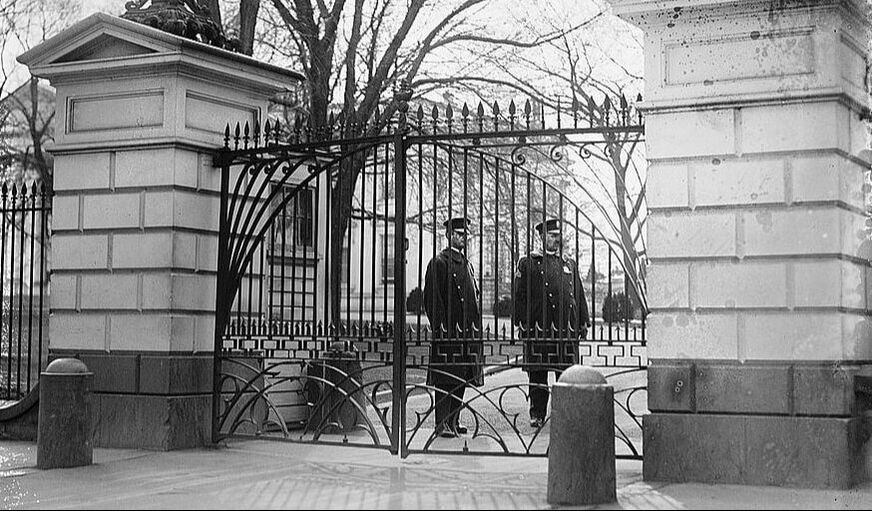
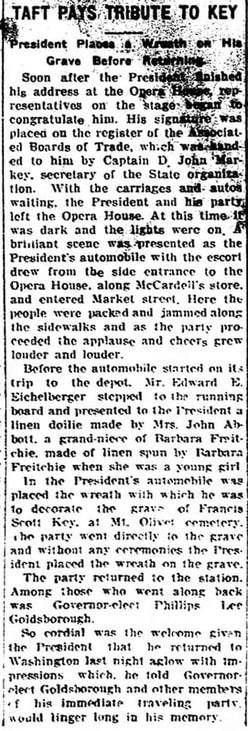
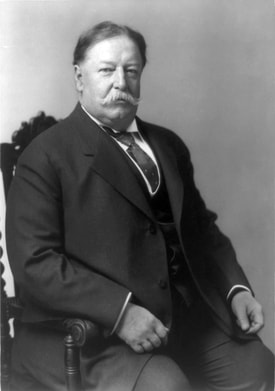
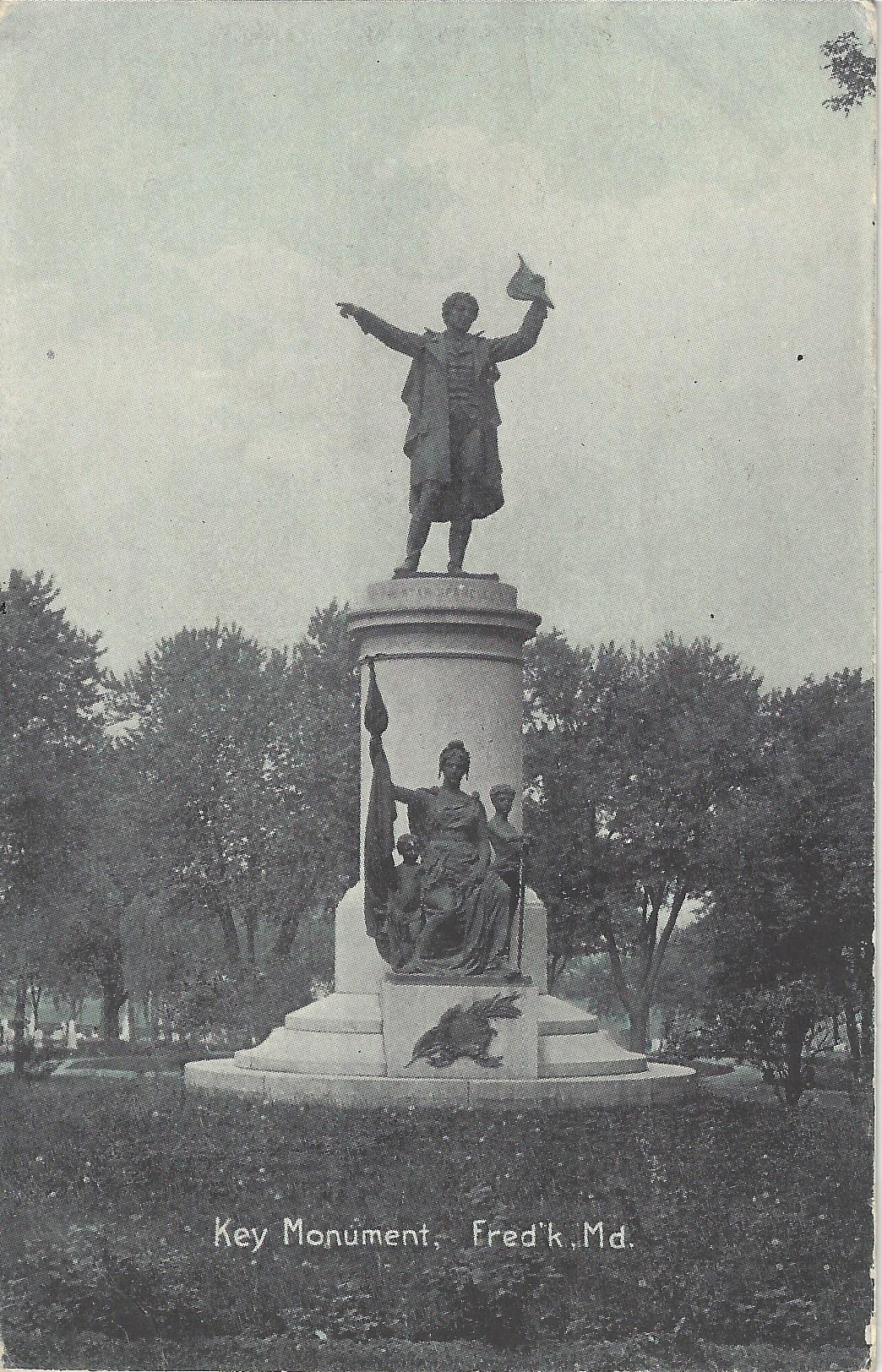
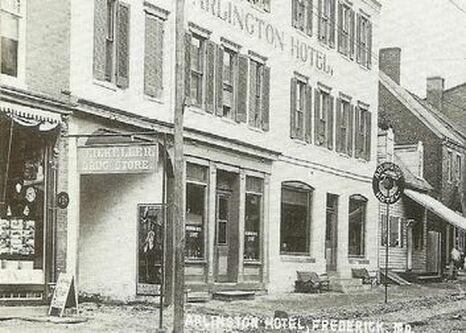

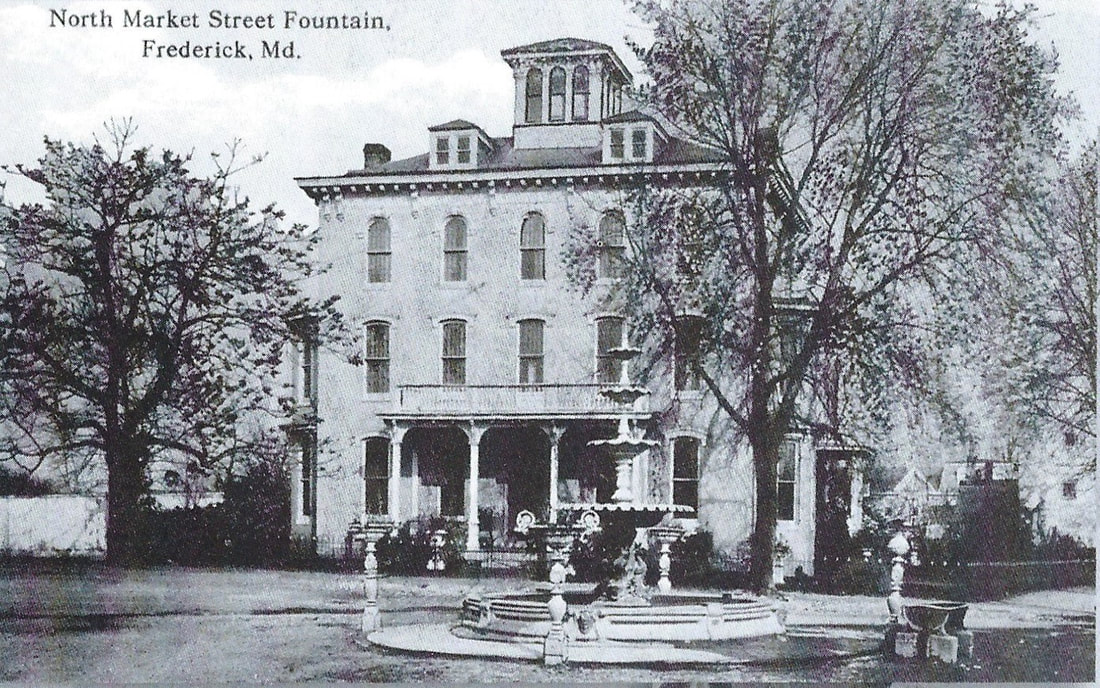
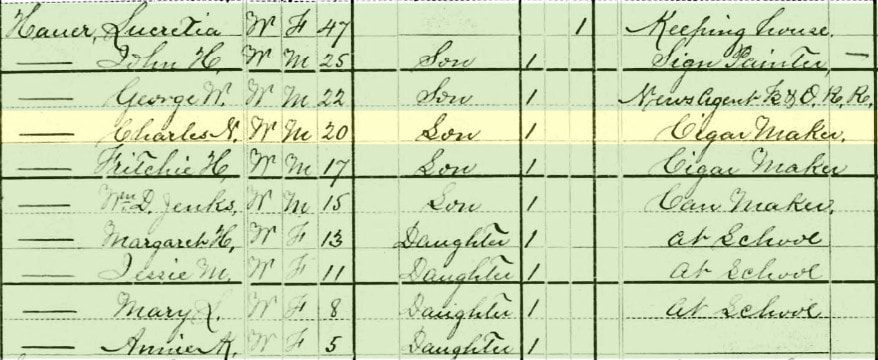
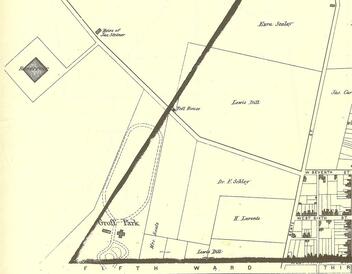
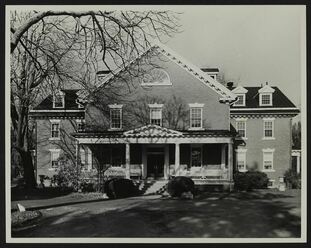
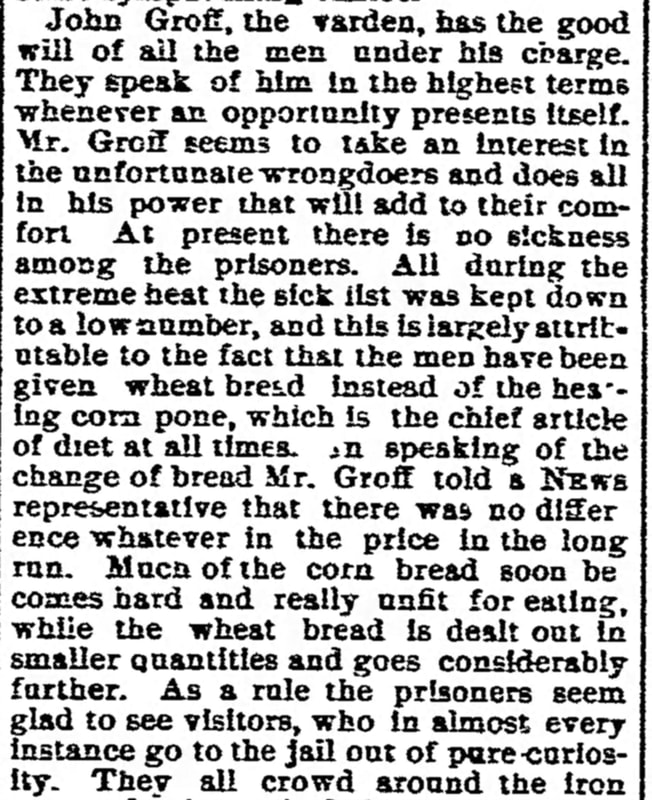
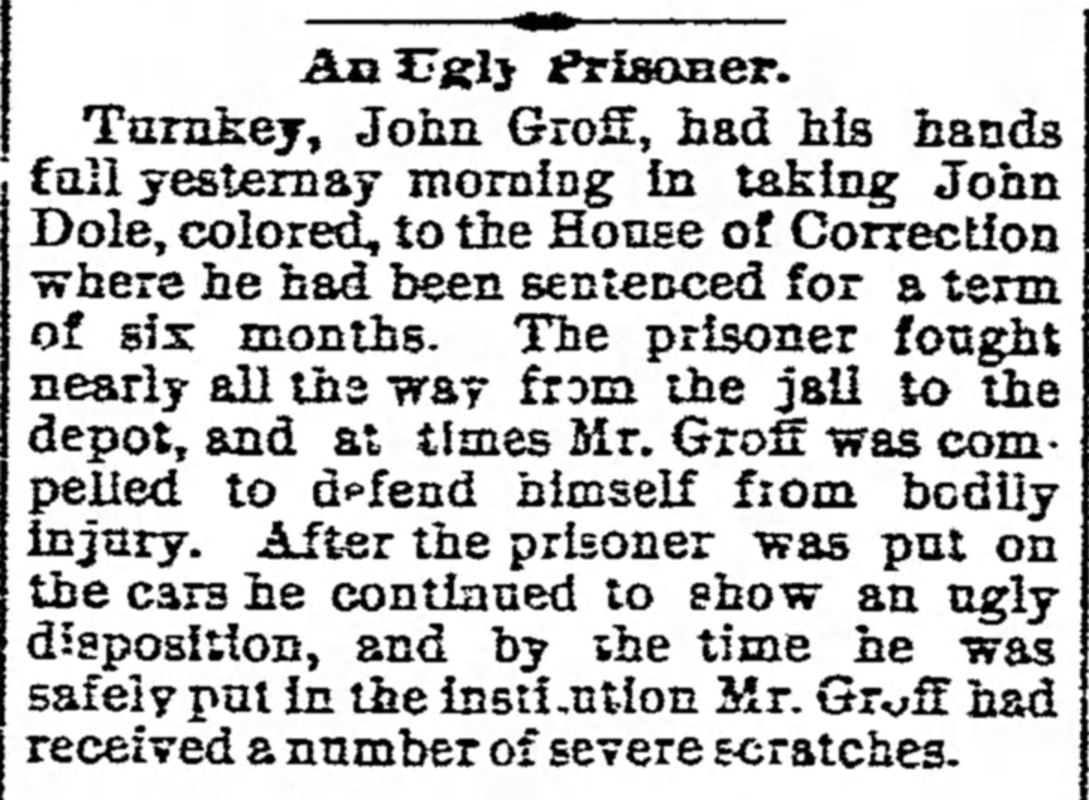
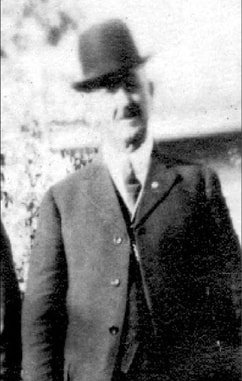
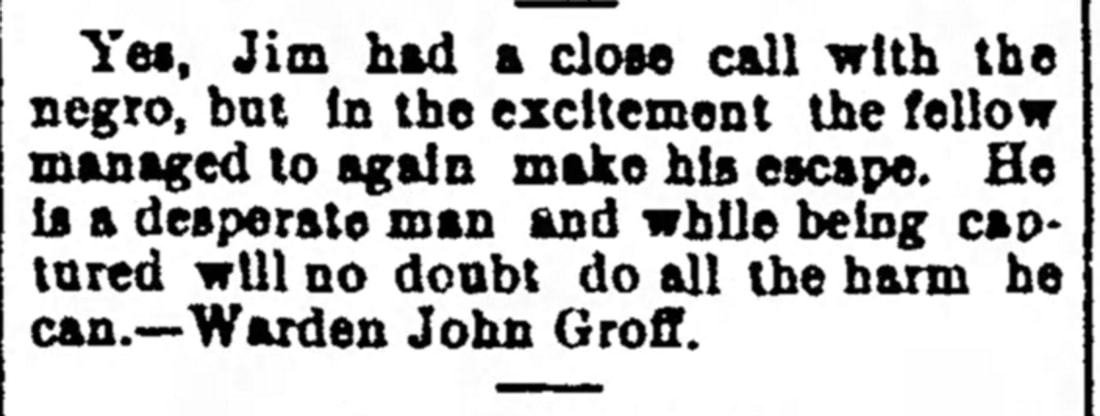
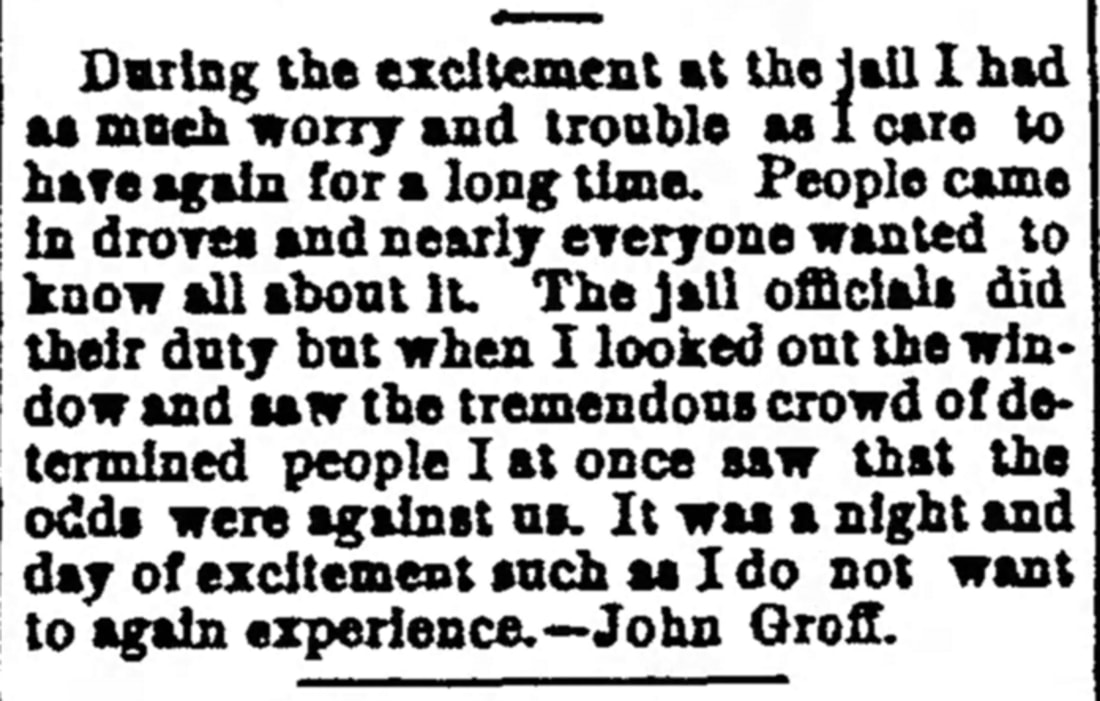

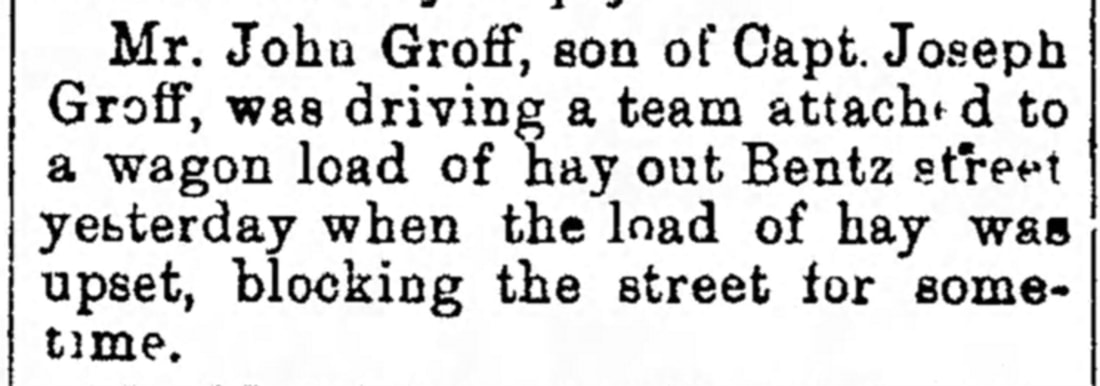

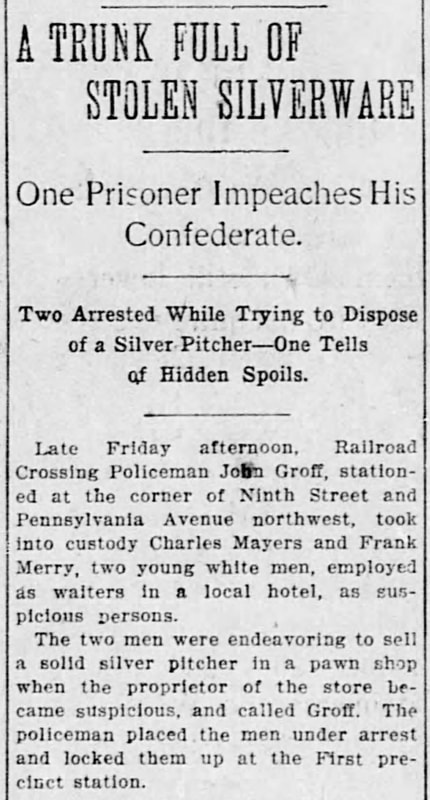
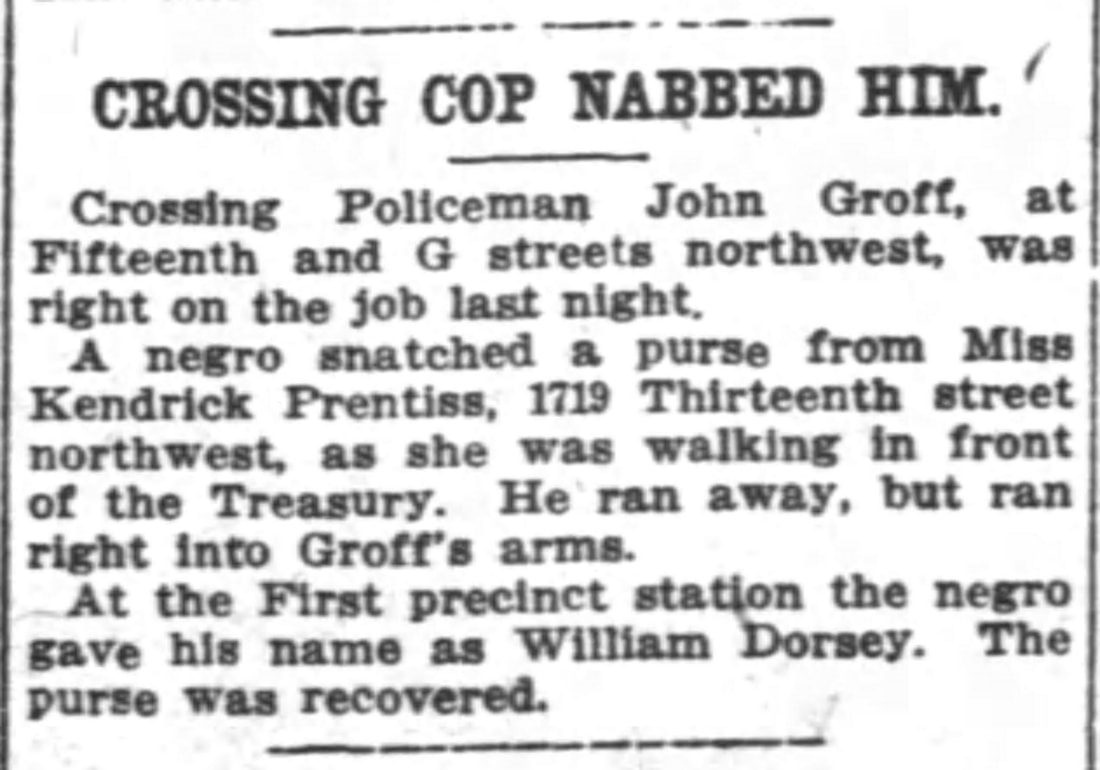
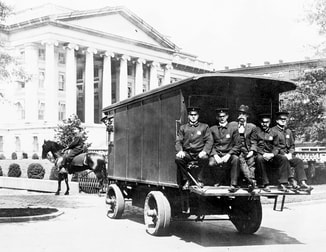
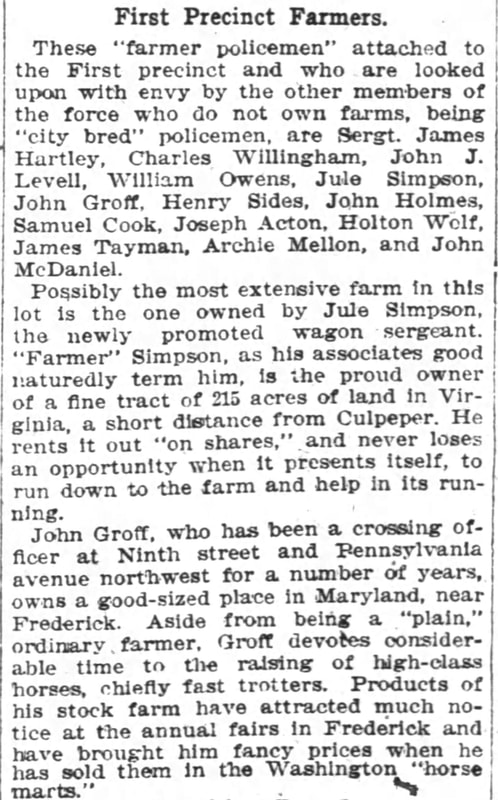
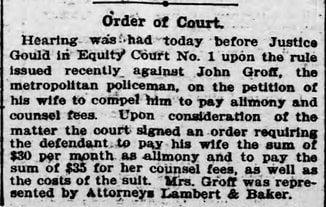
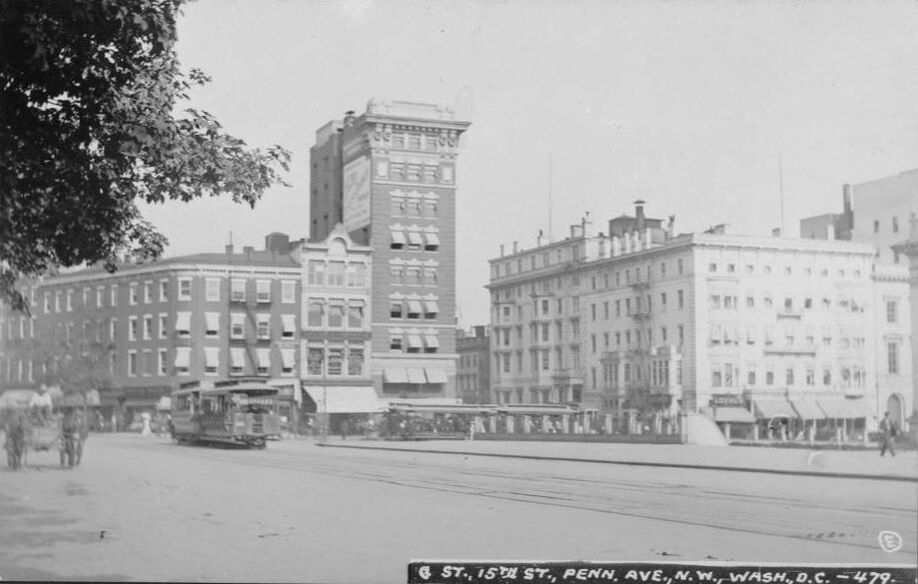
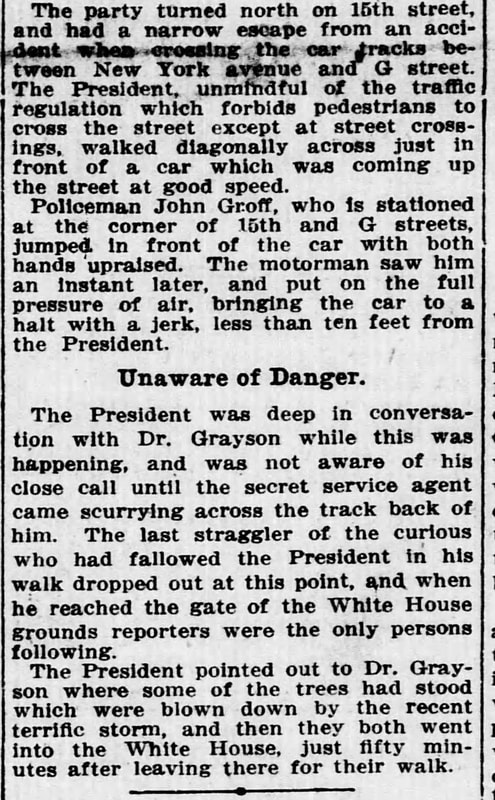
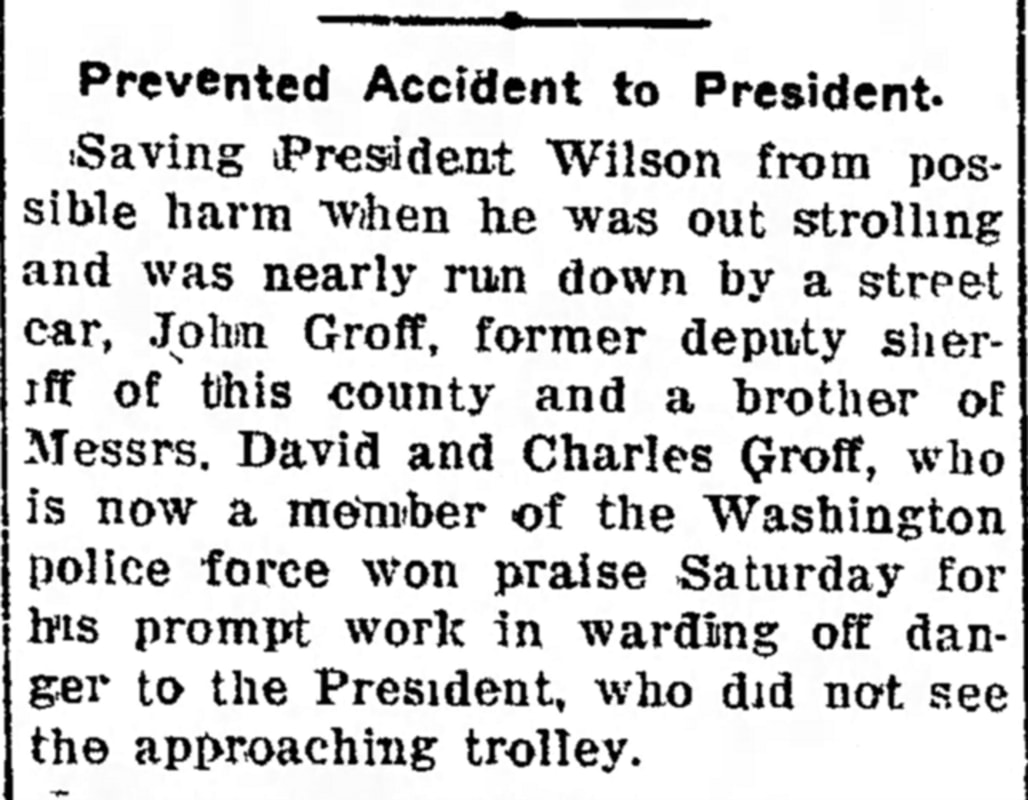
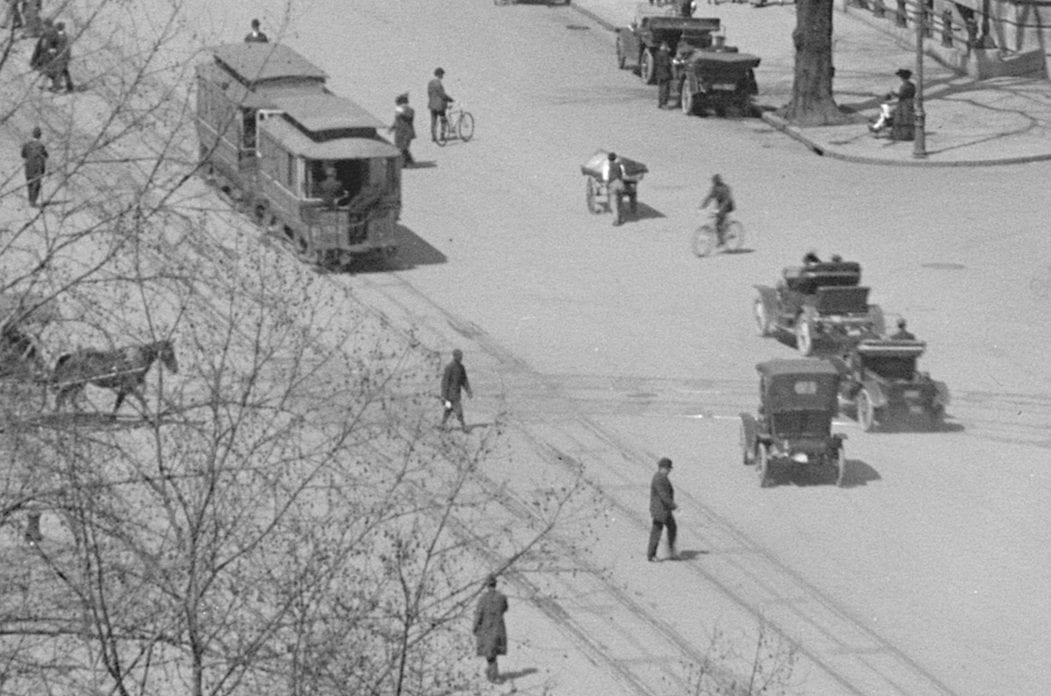
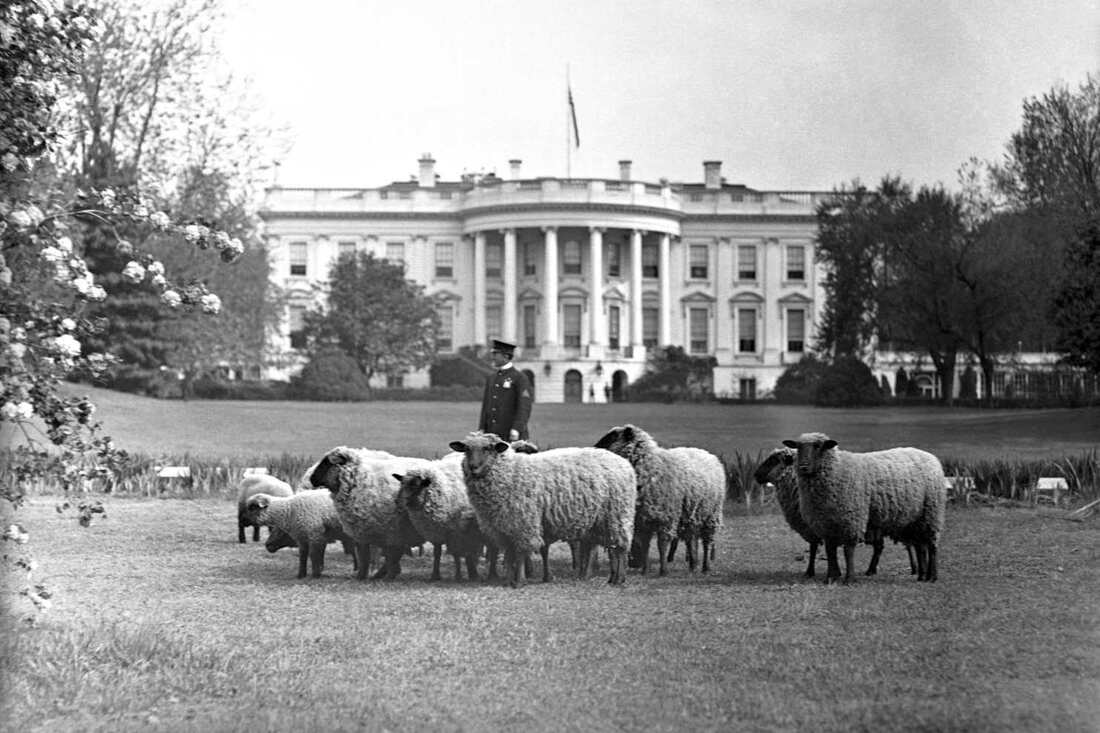
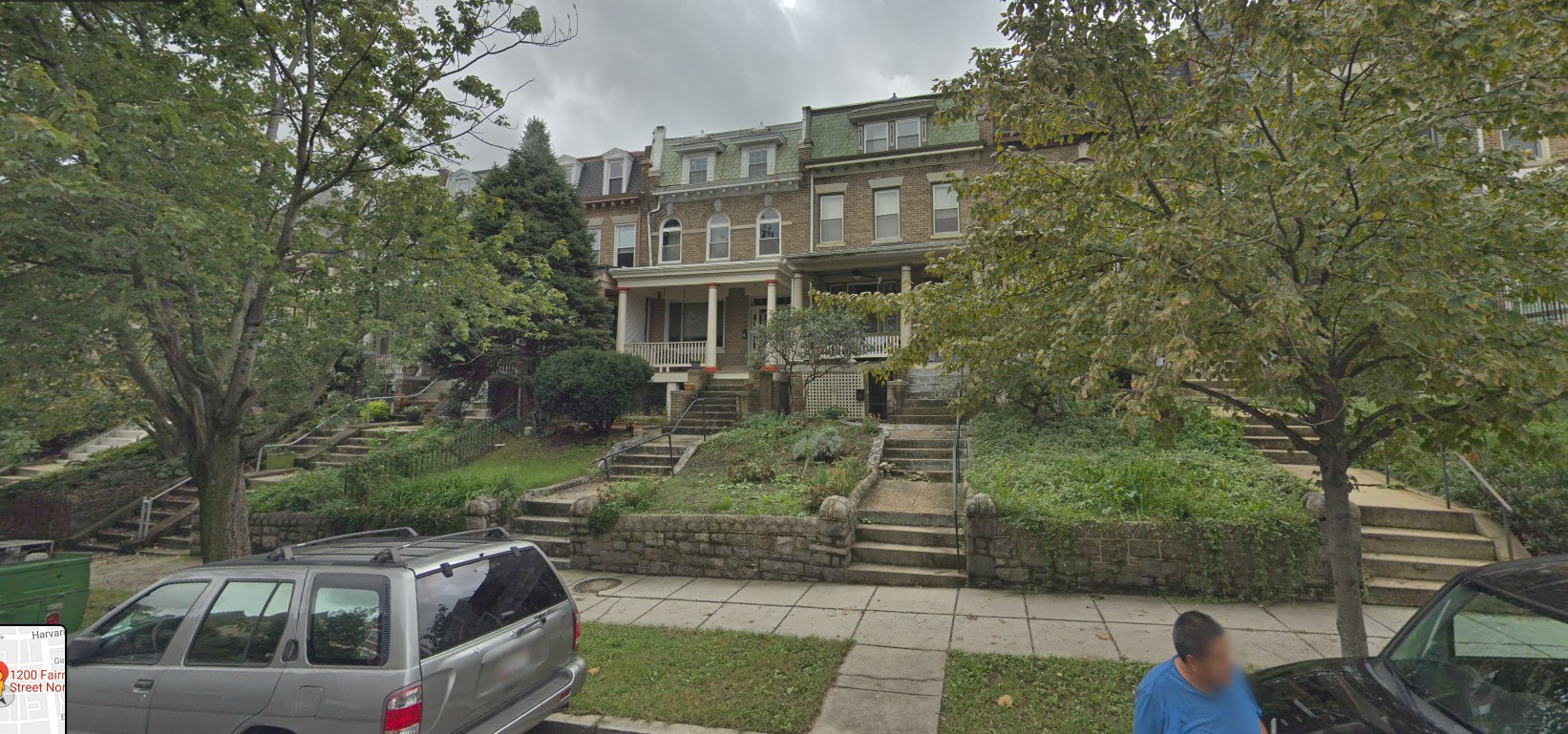

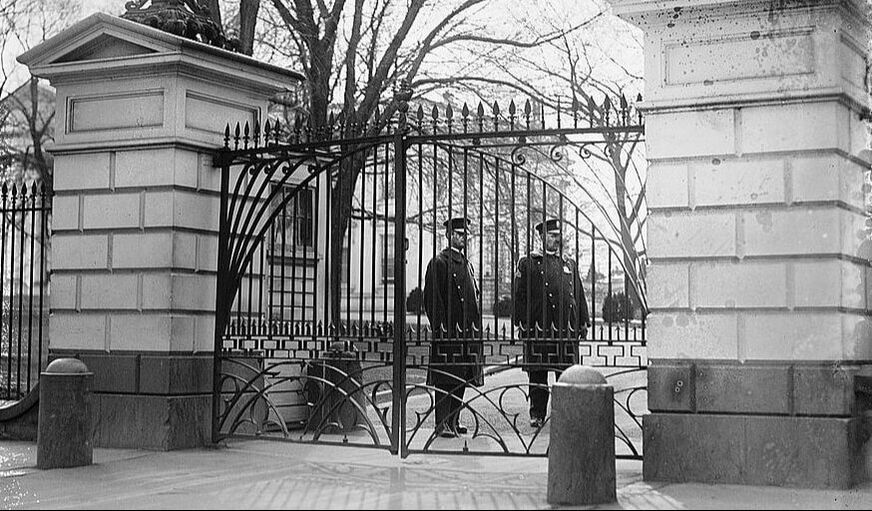
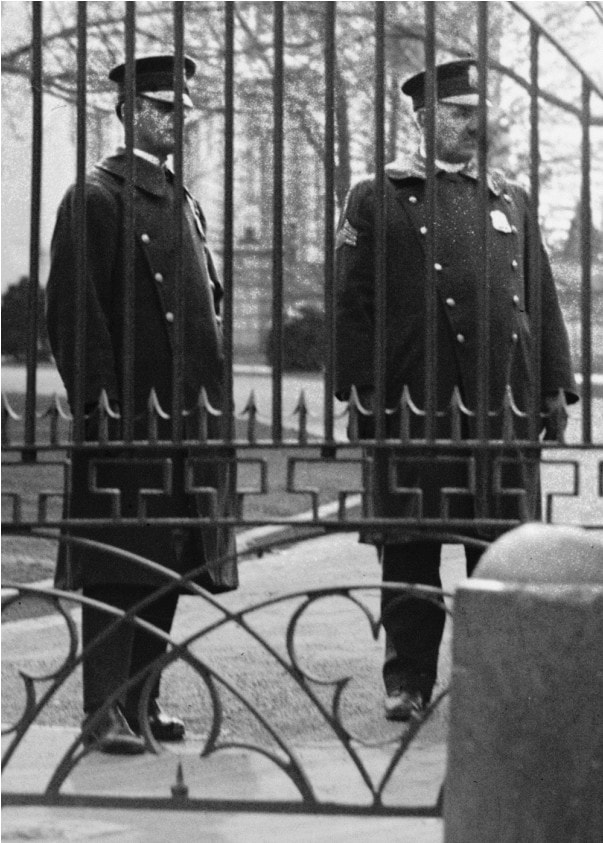
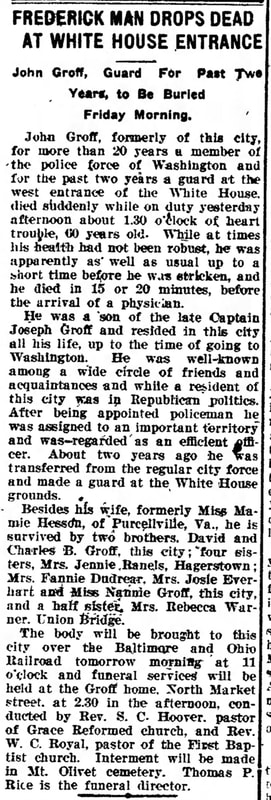
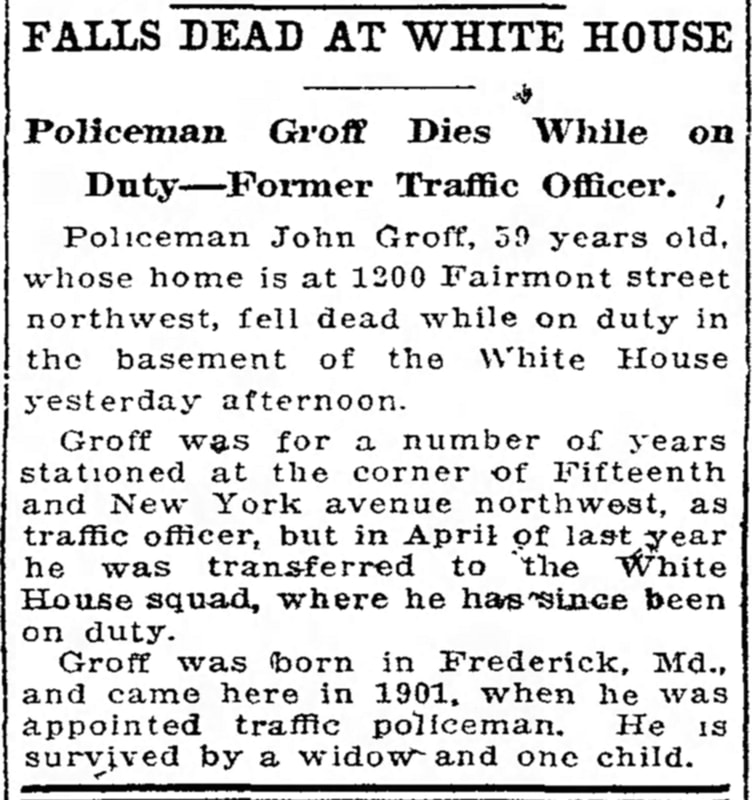
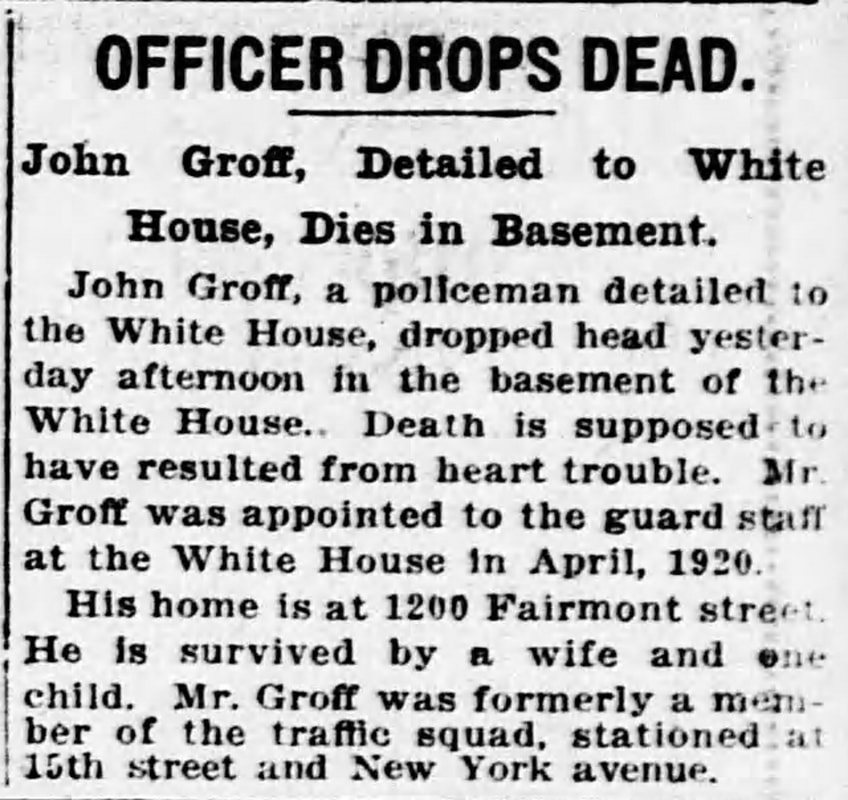
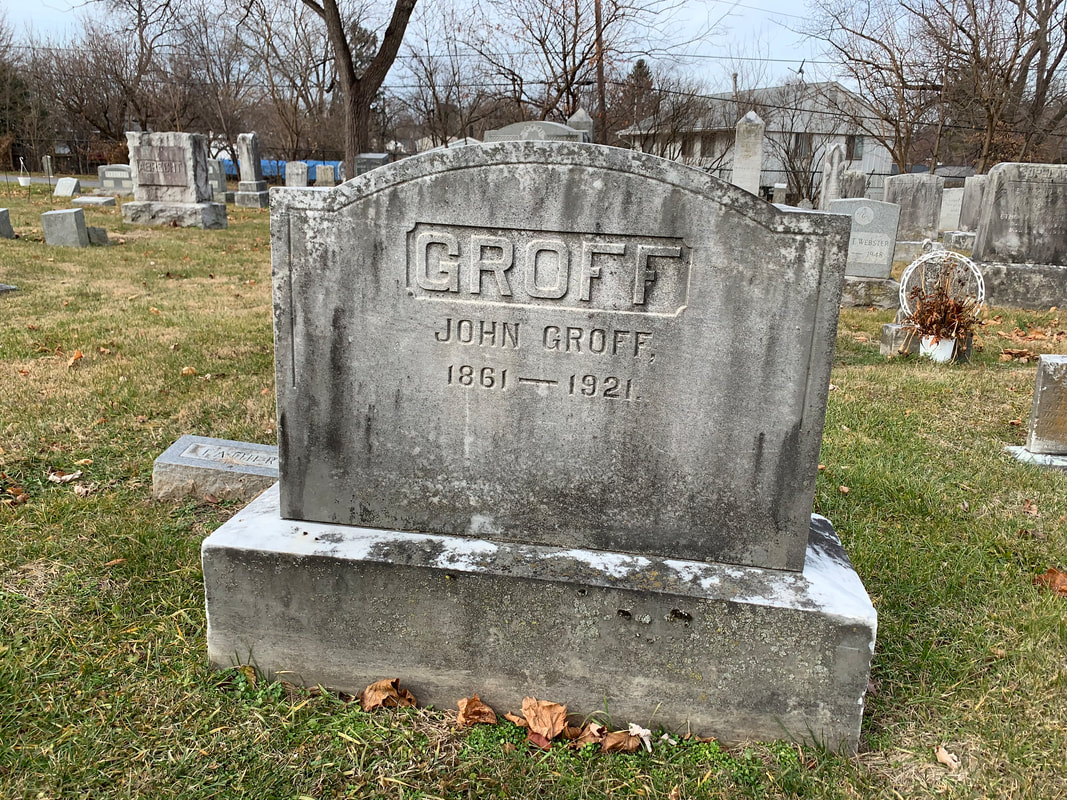
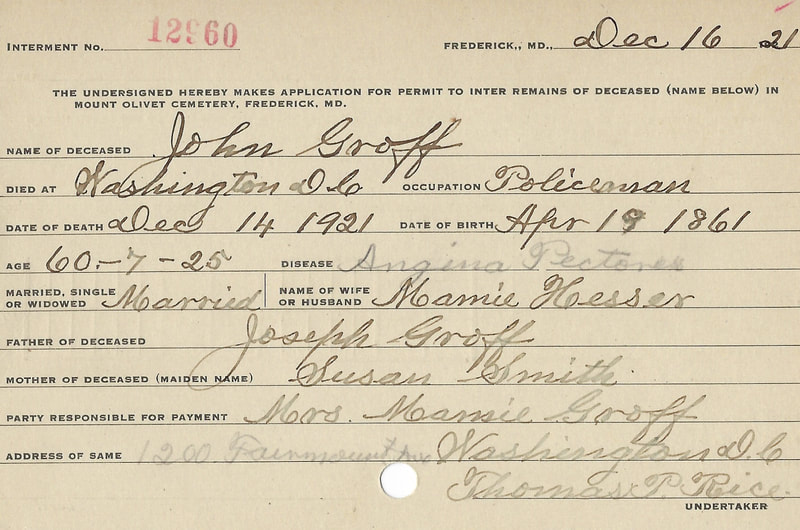
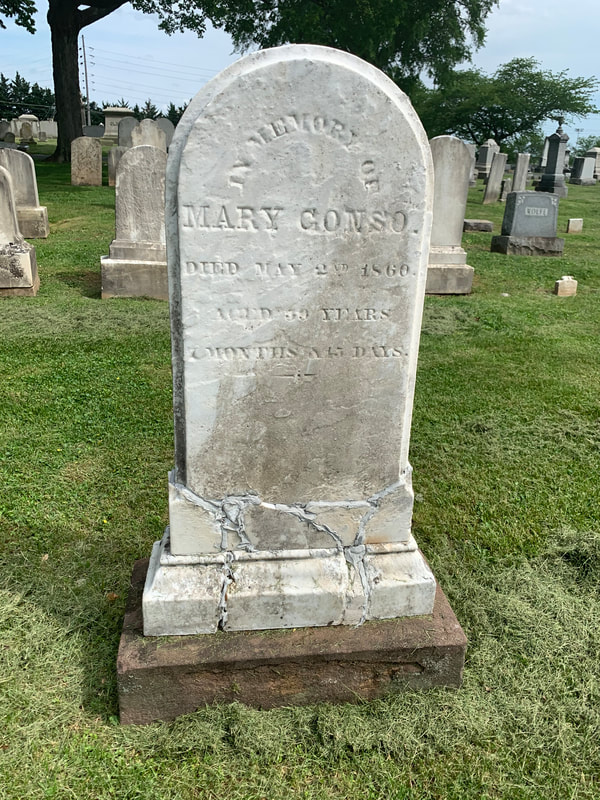

 RSS Feed
RSS Feed